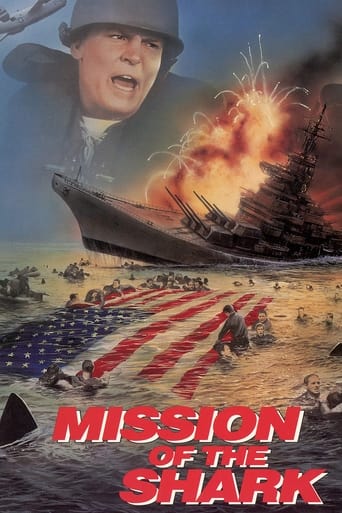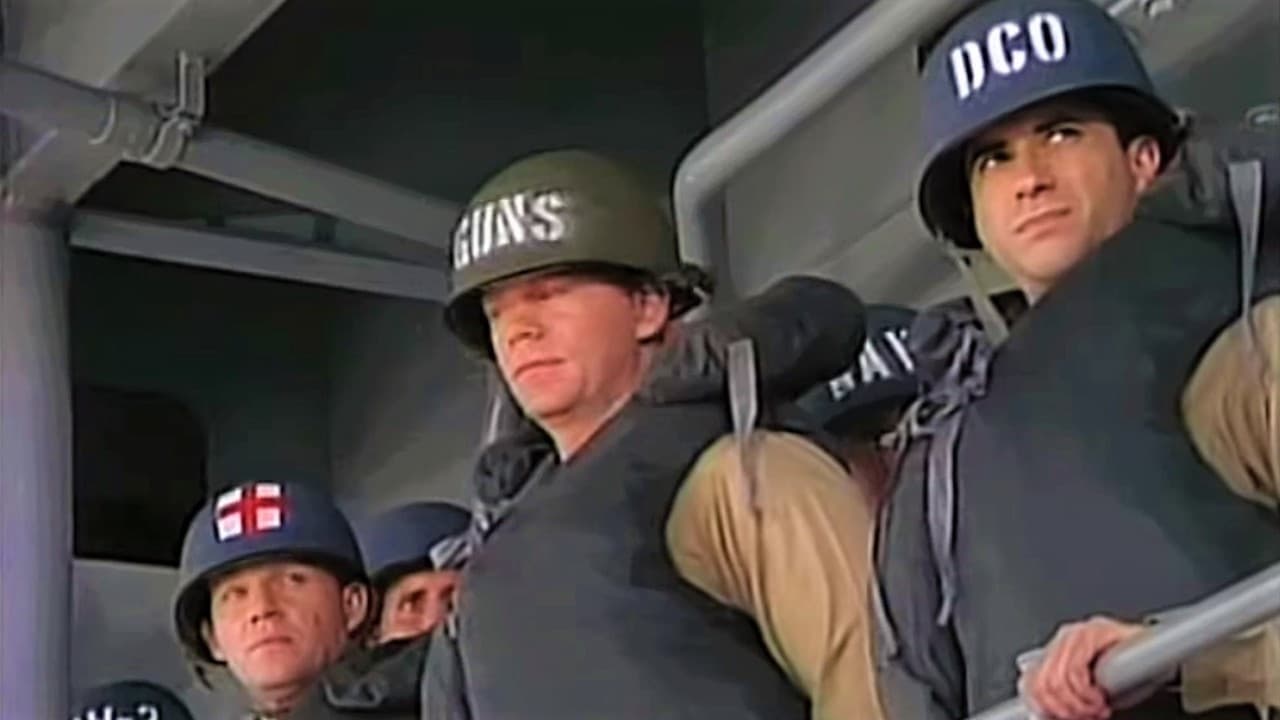mollymcnamara-2
This is my first review, but I feel I must say something. Having just finished reading Doug Stanton's In Harm's Way, I see important opportunities missed in this film. There were true details omitted - probably for time's sake - that would have made this a more memorable film. For example, when the plane approaches a group of survivors, the crew seriously wonders who they are because their faces are smudged black from the huge oil slick that we never see in the film. As a test, a crew member calls out, "What city do the Dodgers play in?" A feeble voice answers, "Brooklyn." Wouldn't that have been a vintage, human touch?Dr. Lewis Haynes, incorrectly named as mentioned by other reviewers, had a powerful but ignored role in helping the men to heal psychologically by explaining at reunions why so many turned on each other and acted like barbarians in the water. Most had been unaware that they were witnessing not the moral failings of their friends, but instead the effects of salt water ingestion, exposure to extreme heat, continuous lowering of body temperature, horrific fear, etc., on both body and mind. Add to that survivors' guilt and the Navy's total lack of caring. At that time nobody knew of PTSD.Thus I mourn for what could have been done in this film. The one bright spot was Stacy Keach's acting. He was masterful and at his finest. I believe we owe it to those who survived as well as to those who perished, and to their loved ones, to tell this story again on film, and GET IT RIGHT!
joed1667
I'm glad a movie was made about the sinking of the USS Indianapolis but as usual, Hollywood has to screw it all up and use fictional characters, with the exception of Captain McVay, and fictional incidents. For instance, Richard Thomas's character was called Lieutenant Steven Scott but was based on Dr. Lewis Haynes. Why can't Hollywood just tell the story as it really happened and use real names like they did with Capt. McVay is beyond me.I saw this movie first before reading the book "In Harms Way" which really gave you insight as to what happened and the negligence on the Navy's part. The Navy failed to give Cpt. McVay the intelligence it had that Japanese subs were in fact lurking along the Peddie route he was taking. A US destroyer had been sunk in the vicinity a week earlier. This is information Navy Commodore James Carter knew about but did not give Capt. McVay, even as the two met prior to the Indy setting sail.Secondly, Capt. McVay had requested a destroyer escort for his route to Leyte since the Indy did not have any sonar gear and destroyers did, but he did not get one.When the Indy was struck by 2 torpedoes, several messages of being struck by torpedoes and her sinking and coordinates were in fact picked up by 3 different radio stations on Leyte. Several tugs were dispatched but 7 hours into a 21 hour trip, the tugs were recalled when Commodore Gillette, acting commander of the Phillipine Sea Frontier, learned they had been dispatched without his permission. No explanation was ever given to his reasoning. It also appears that at the time. it was the Navy's protocol to dismiss any messages that couldn't be confirmed as pranks. Commodore never followed up to see if the Indy had arrived as scheduled.The whole thing was a travesty and a pattern of a Navy that always wants to fix the blame on everyone but itself, just like they did with the USS Iowa explosion. Of all the ships the Navy lost, why was Cpt. McVay the only Captain who was court-martial ed? Of course, Admiral Nimitz and Admiral Spruance were against a court martial and suggested a letter of reprimand however Admiral King, Chief of Naval Operations wanted a court martial and pressed Naval Secretary James Forrestal for one and he agreed. How ironic that Admiral King was the man pressing for a court martial when it was Admiral Kings incompetence that cost the lives of many merchant seamen along the east coast of this country in 1942 by refusing to deal with the growing U-Boat menace and only did so when the shipping companies were going to refuse to sail unless they received Naval escorts.But Adm. King got his wish and Cpt. McVay was court martial ed and convicted on a charge of failure to zig zag despite a U.S. sub captain and expert on submarine warfare testifying that zig zagging made no difference in his ability to sink a target. Even the Japanese commander of the sub which sank the Indy was brought into testify and also stated he still would've sunk the Indy whether it was zig zagging or not.This was not the Navy's finest hour though had it not been for a stroke of luck by Lt. Chuck Gwinn, piloting a PV-1. The plane had a loran navigation system but the antenna had broken off. A crewman had tried to make repairs in flight and Lt. Gwinn had gone back to help him. As he was making his way back, he happened to look out the window at the right time and saw the men in the water below otherwise it's most likely that every man in the water would've perished to the elements. Of course this was downplayed in the movie which shows Gwinn's character slipping just kicking back and looking at the side window though it did show what in reality, was a very tricky and one way landing.
lordbowler
I saw this film when it was first aired... Since then I have been interested in the story of the tragedy. This book has recently been published about the sinking, "In Harm's Way: The Sinking of the USS Indianapolis and the Extraordinary Story of Its Survivors" by Doug Stanton. I recommend this book to anyone who would like to know the complete story with the most current information. This will probably be the last book with new interviews from survivors as source material.
jacksonc
This is one of the few movies I wanted to see all of, but could not. I had to fast forward through most of the shark attack sequences. I suppose there is no good way to die, but the way those fellows (about 3/4 of the crew) died ranks as a singularly unpleasant death...


 AD
AD


